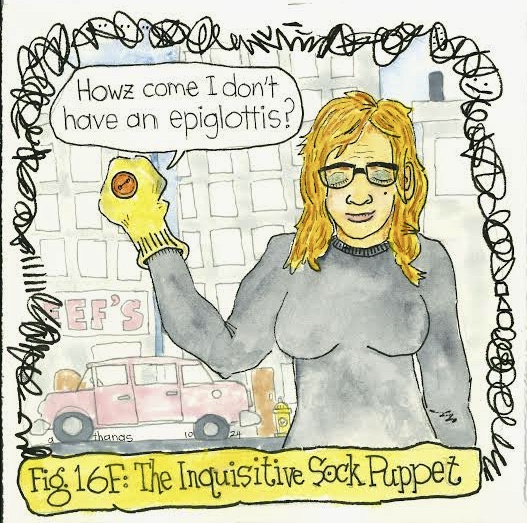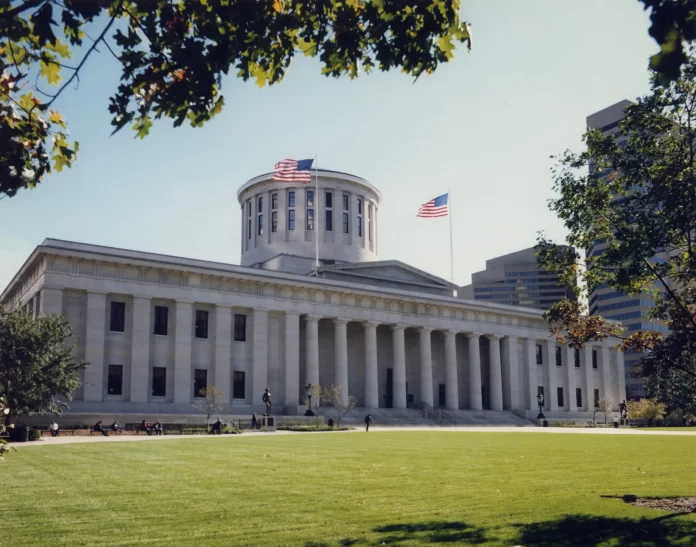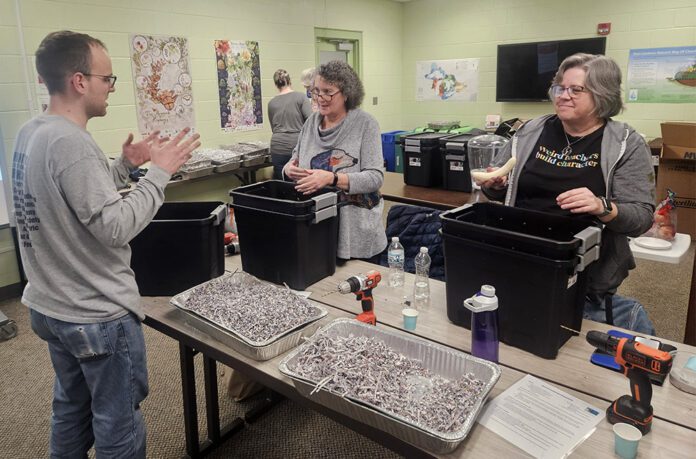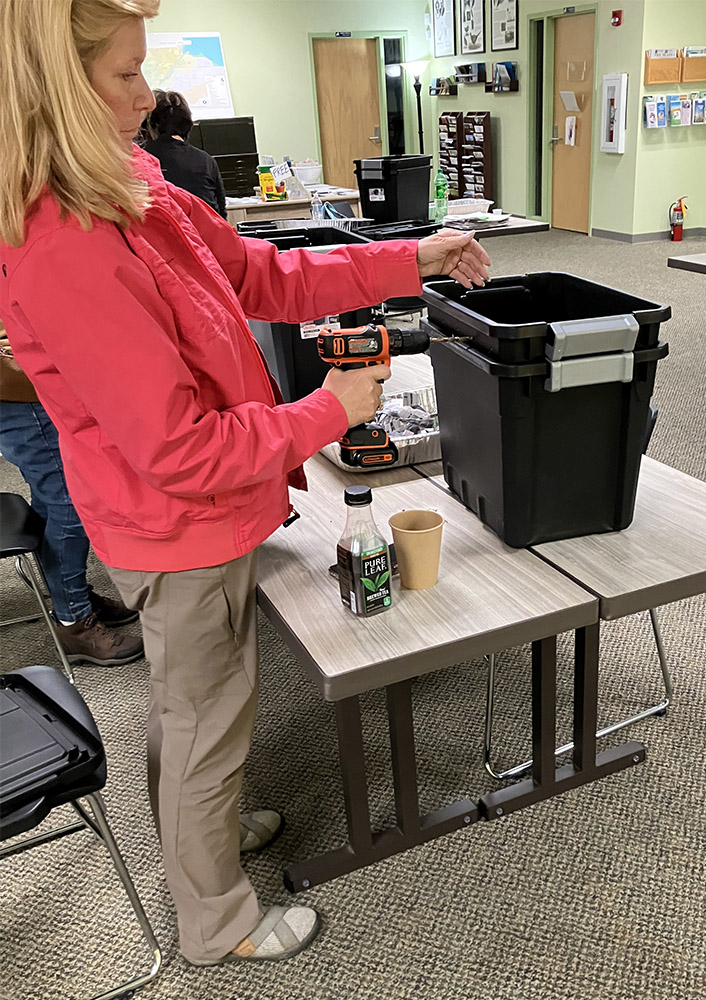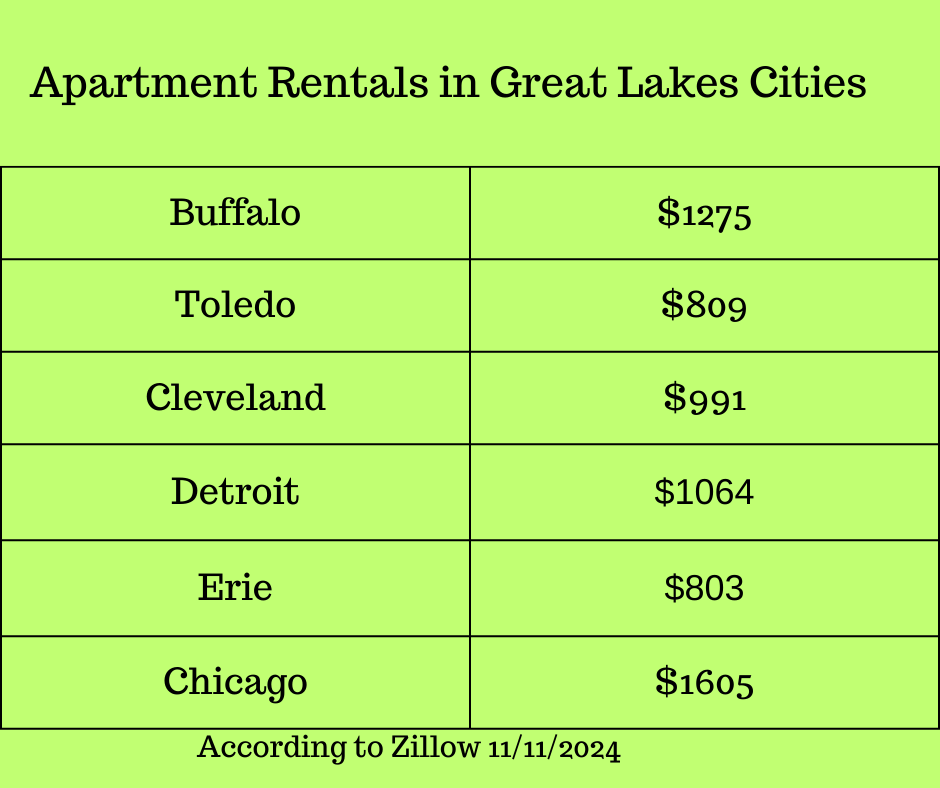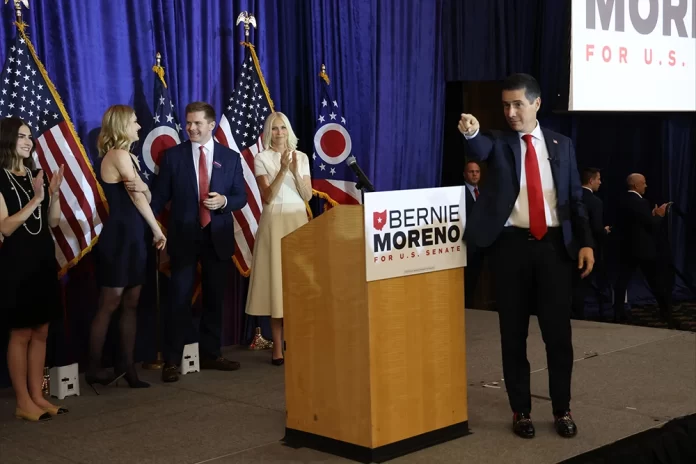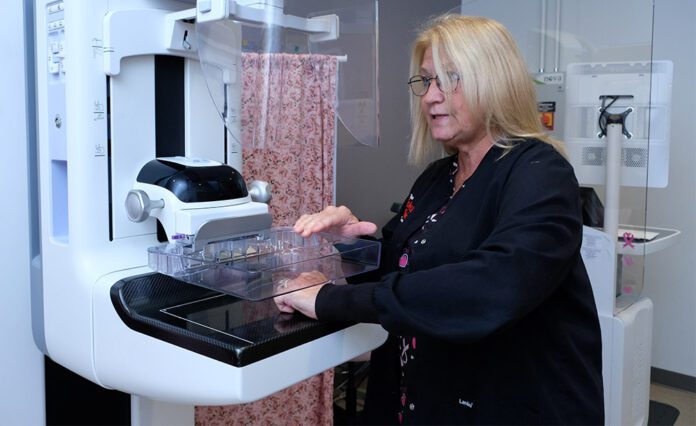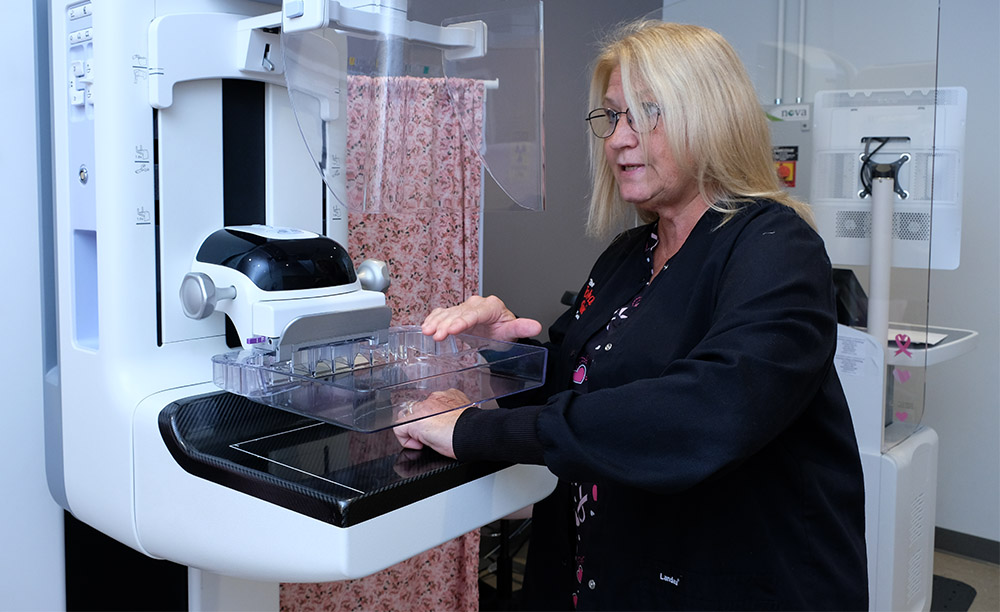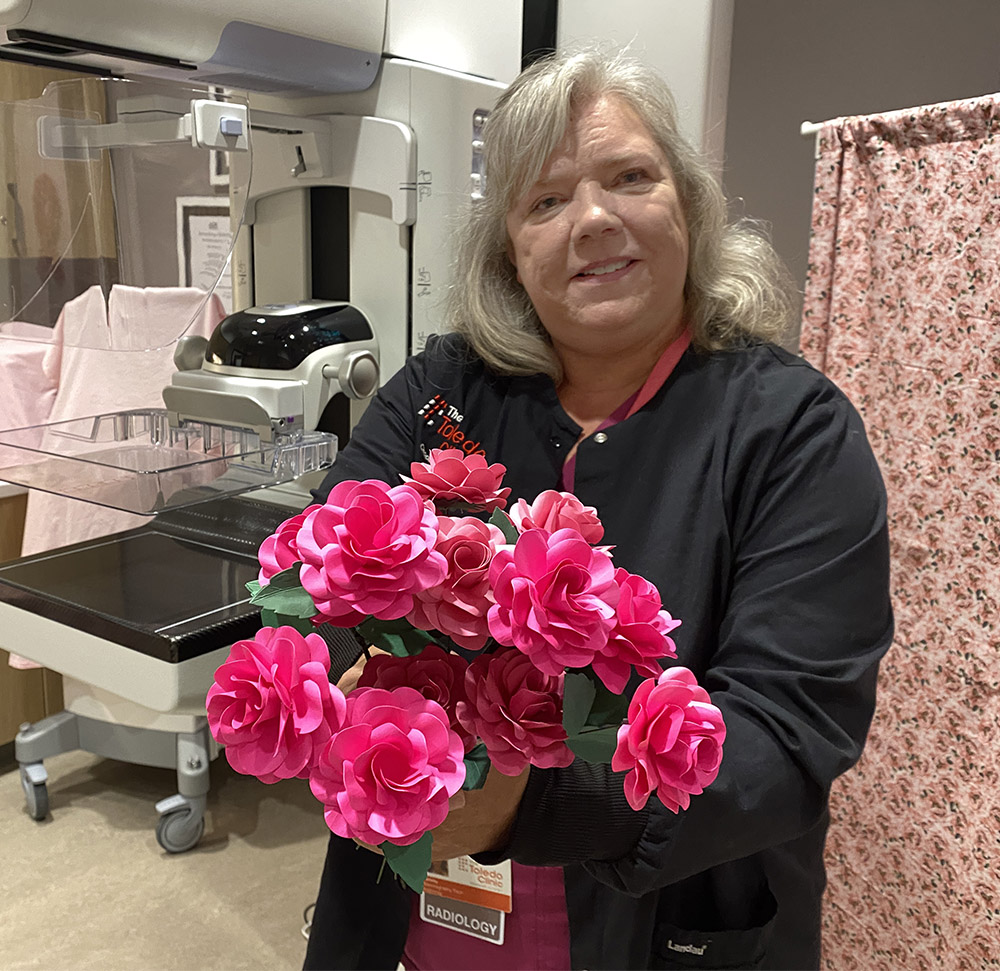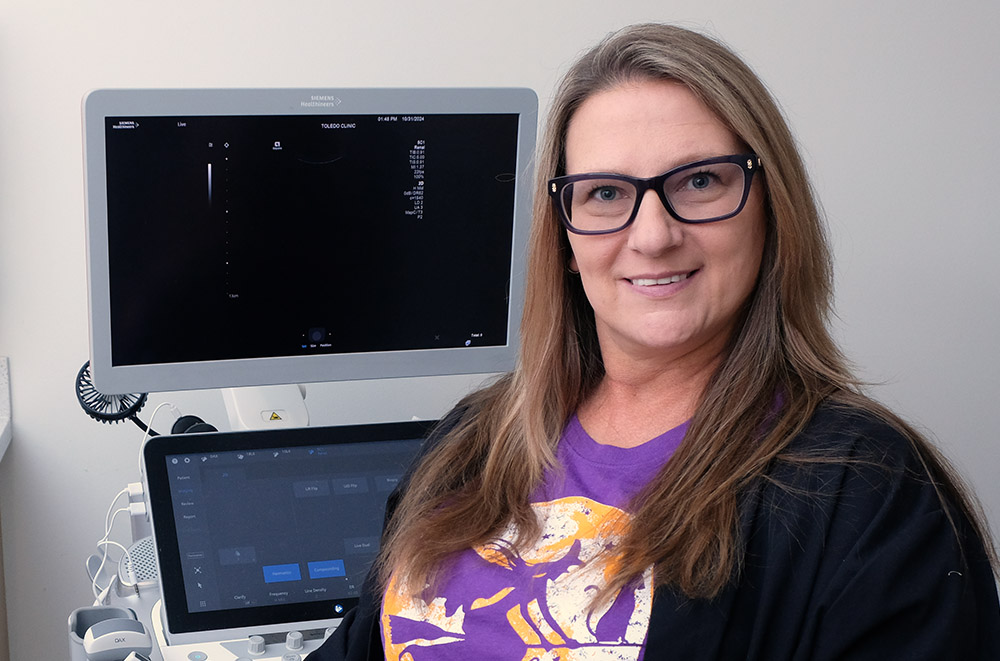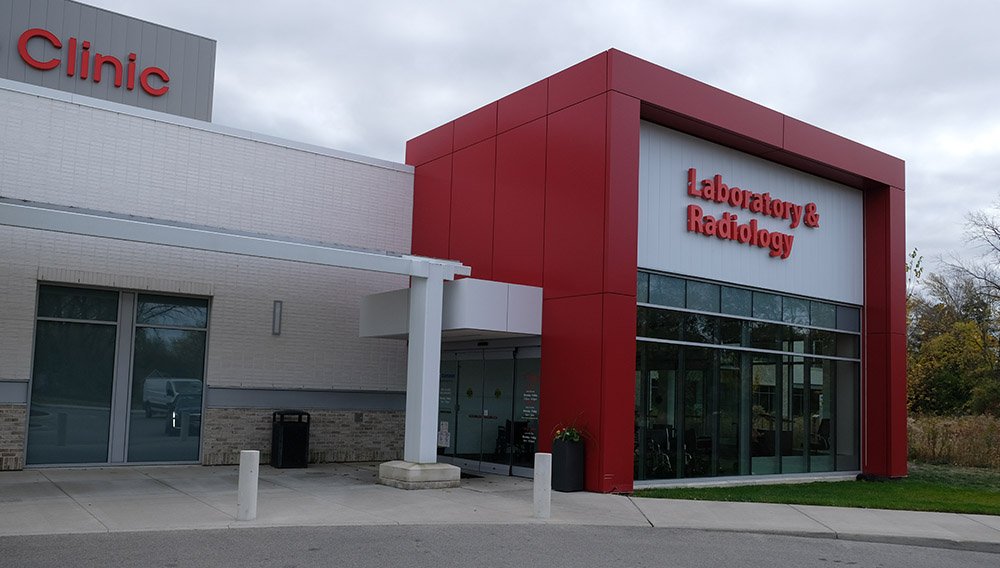Glass City draws attention from major salon company
TOLEDO – There are hundreds of salons in Toledo, and – as the industry grows – one company plans to expand to the Glass City, providing local entrepreneurs a place to showcase their talents.
Phenix Salon Suites is a suite licensing company where franchisees essentially act as sub-landlords that go into a property, subdivide it into rooms or suites and rent it out. They rent the properties to entrepreneurs looking to open a hair, nail or makeup salon.
Phenix also works with lifestyle professions, such as massage therapists, teeth whitening, botox, chiropractors, and more. The company has 32 corporate locations and 400 franchise locations.
Philip Watson, vice president of global development, explained what the company saw in Toledo that prompted the expansion. Phenix Salon Suites plans to build three to four locations in Glass City and launch them in a few years.
“The Toledo market is a great market for Phenix salon suites because it adds all the main drivers we’re looking for,” he said.
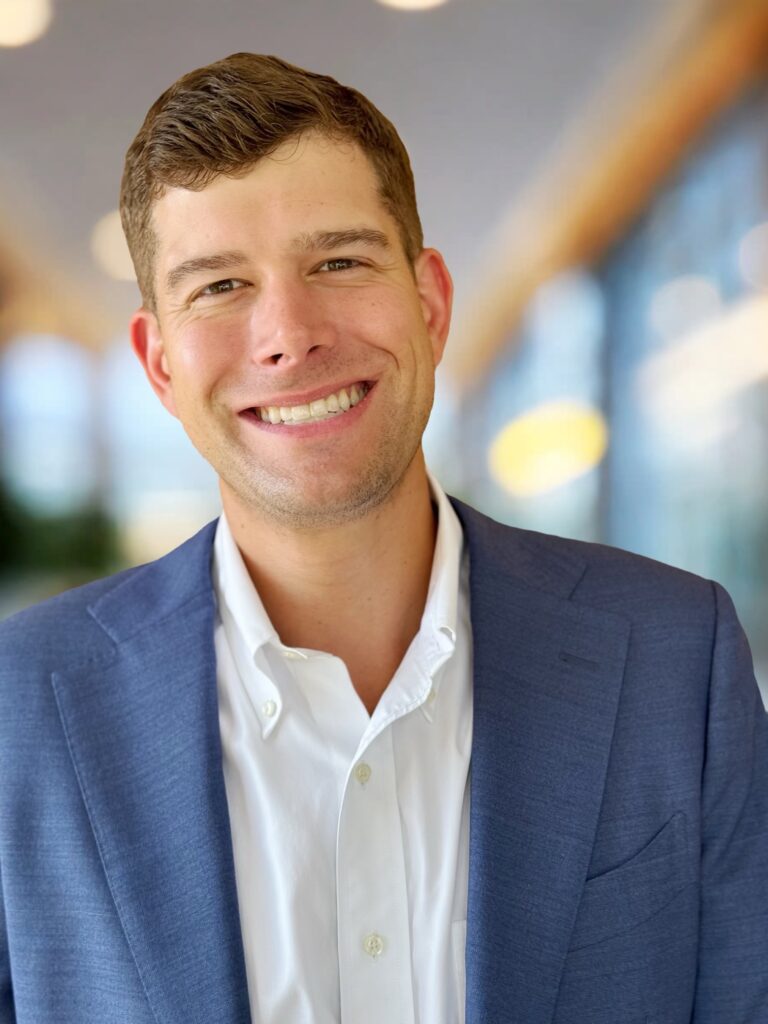
“To put it simply, we’re looking for concentrations of salons and salon professionals and in the Toledo DMA. We looked for a minimum of 50 salons for each of our locations, and that’s looking at hair, nail makeup, other types of salons,” he explained. “But looking at hair alone, there are 250 salons in Toledo, so the Toledo market is a three- to four-location market for us fairly easily.”
According to Watson, the company wants to avoid opening too many franchise locations and cannibalizing existing franchisees.
Phenix requires the renter of a suite to have a license in their profession. The only other requirement is to cover the rent. Watson says that Phenix offers freedom and flexibility for the renter.
To be a franchisee, he said it would be helpful to have marketing experience, as well as real estate or business ownership experience, but it is not a requirement. What he’s looking for is “passion for the industry and liquidity of at least 300,000 net worth of at least a million in order to have a shot at obtaining financing to open a location.”
Watson added that one of the biggest ways Phenix builds trust with clients is by maintaining the property. The other is by being a tenant. He also said they provide resources to their clients to market their business and increase their presence on social media.
For hairstylists, they provide equipment, such as a styling chair, mobile cabinet and a cabinet under the spa sink, and they are also encouraged to decorate the location how they want.
“We really let them flex their creative spirit,” Watson said.
Other resources the company provides are credit card processing, a loan program, scheduling software, as well as seminars and training videos.
One of the biggest factors that separates Toledo from other cities is the rental rates. Watson said the rates are much better than larger locations, like Miami or Manhattan. He said that the rent-to-income ratio in Toledo would be very strong.
Watson said Phenix Salon Suites does not have a rule against having too many of the same businesses in one building, but he hopes each location can be a one-stop shop for customers. At a franchise, a customer can get a haircut, go next store to get their nails done, and then go get a massage.
Watson talked about Gina Rivera, the company’s founder. He said she is a celebrity in the industry and spent more than 42,000 hours behind the chair cutting hair. He said that she has a strong family lineage with 29 family members in the industry.
“We provide all the support our franchisees need to be necessary. Everything from site search, lease negotiations, and build-out ongoing operational support technology to help them run their business, and with the gig economy on the rise and everybody wanting to be their own boss, we are well positioned to take advantage of that,” he said.
Pros and cons of starting a salon in Toledo
Ebony Carter, director of the Minority Business Assistance Center and vice president of the Minority Business Services at the Toledo Regional Chamber of Commerce, shared an indicator that the salon industry is performing well in the city. She said that there have recently been two or three new salon locations and expansion projects around Toledo.
“There are never enough salons. I think the beauty industry is one of those industries that’s going to always be a high demand,” she said. “Even for men, you’re always going to need your hair done, but especially for women; you could never have enough options as far as where you’re going to get your hair done.”
Carter said people will have different experiences when opening a new business. She said that the difficulty of the process depends on the space that the building was before.
“If you’re a salon and you’re going into an old Pizza Hut, then of course there’s going to be a lot of regulations associated with that.“
One of the biggest mistakes people make when starting a business in Toledo is failing to use the Toledo Permit Planner. The permit planner identifies and estimates the permits, licenses, and fees needed to open or expand your business in Toledo. Carter warned of hidden pitfalls when starting a business and the permit planner can save you money.
Stacey Mallett, vice president of communications at the Toledo Regional Chamber of Commerce, said when it comes to starting a business in Toledo, “You don’t have to go on your own, and our services here are free.”
Steve DeMaio, director of the Small Business Development Center and vice president of business development services at the Toledo Regional Chamber of Commerce, discussed the benefits that business owners enjoy while working with a franchise like Phenix Salon Suites.
“You’re not incurring the overhead of purchasing or leasing a full space that you would be as a salon owner who owns a whole salon space. You are renting a solar space, but they’ve done the work with the landlord for establishing that.”
Other benefits he discussed are fewer building costs, the fact you still get to be your own boss, and you don’t always have to manage employees. Additionally, some franchises offer marketing, website support and other business services.
DeMaio also mentioned some downsides of working with a franchise, such as missing out on the benefits of entrepreneurial experiences of owning the building and being in full control. The other downside was the loss of some foot traffic; just because someone walks into the building does not mean they will be your customer.
Carter said the franchises benefit the city because they help people comply with the health department or the school cosmetology. Someone running their business out of their home may not comply. They are also good for people who cannot afford to have their place or struggle to bring in a suitable amount of foot traffic because they work in their homes.



